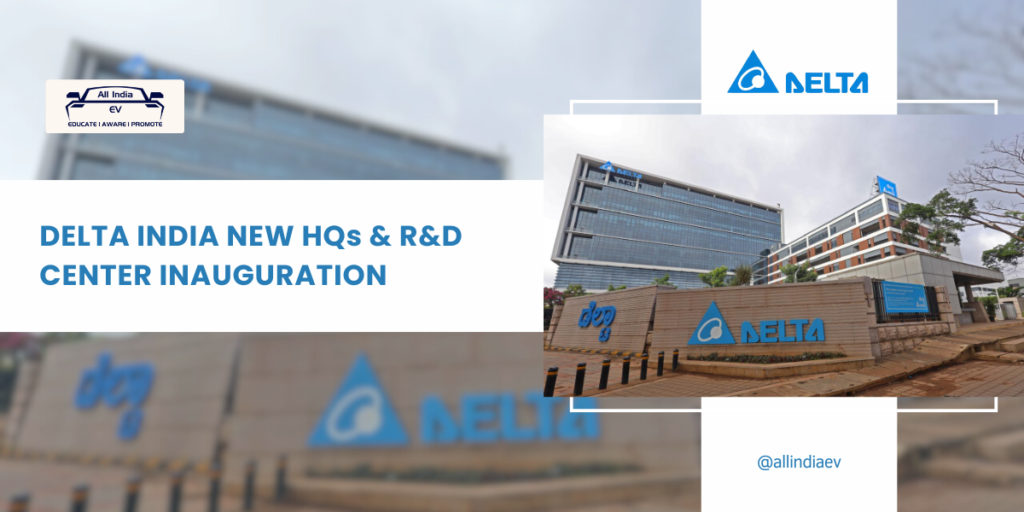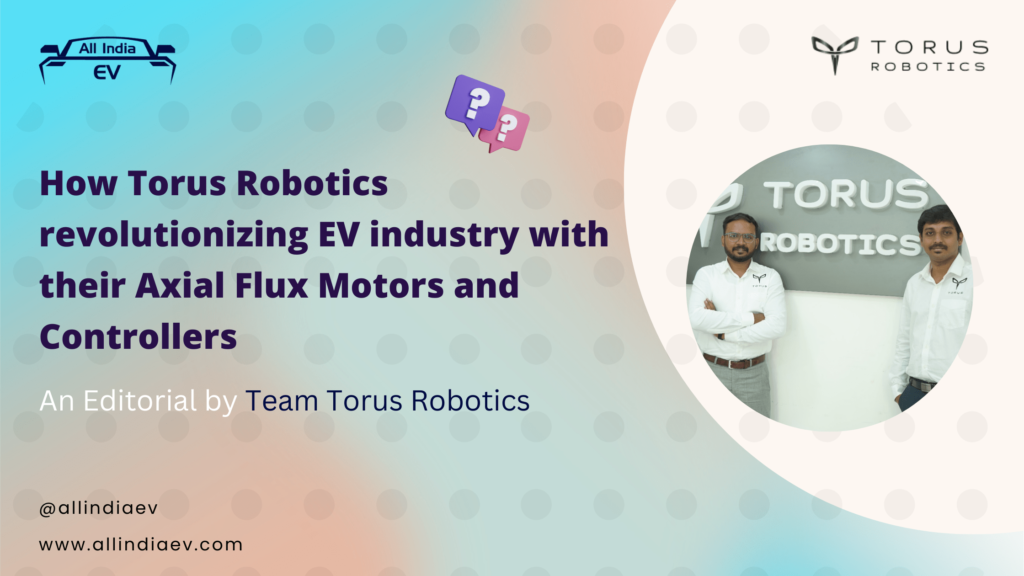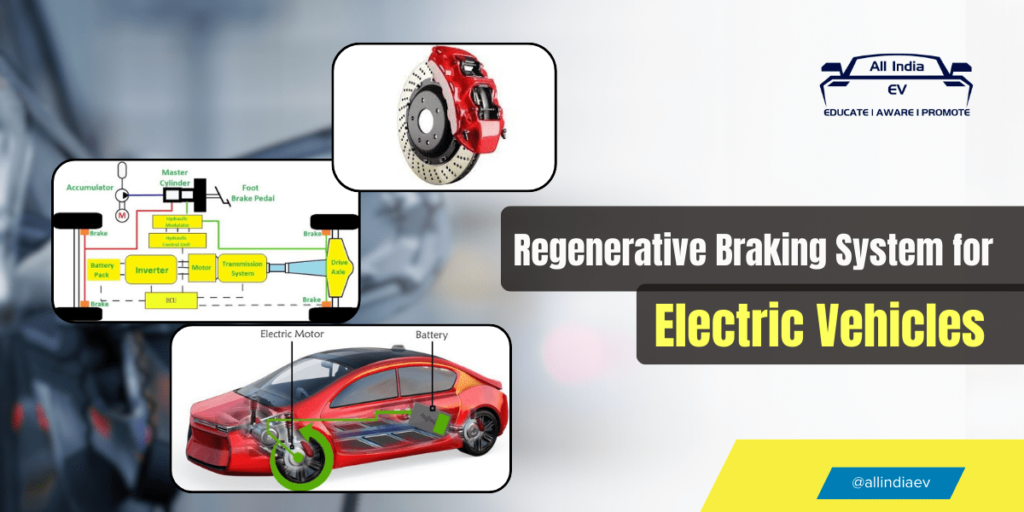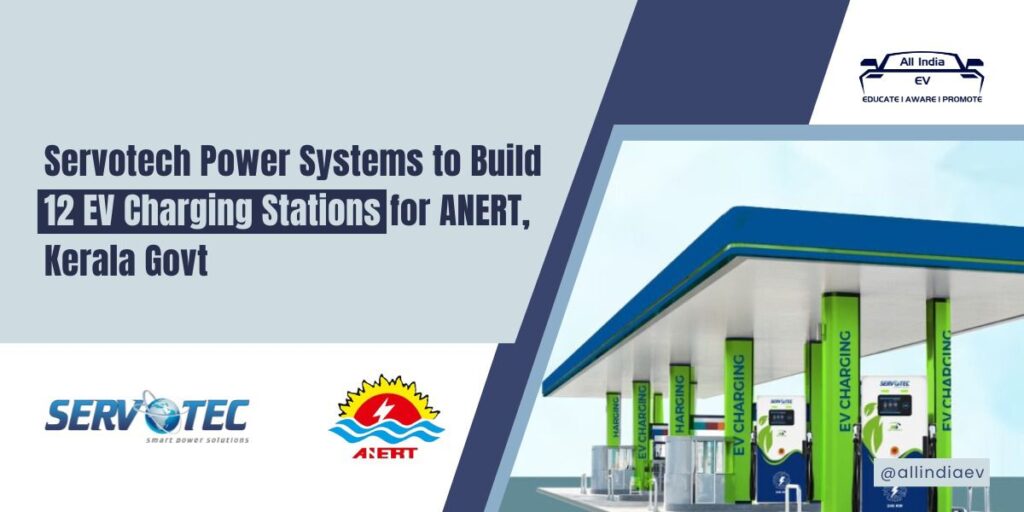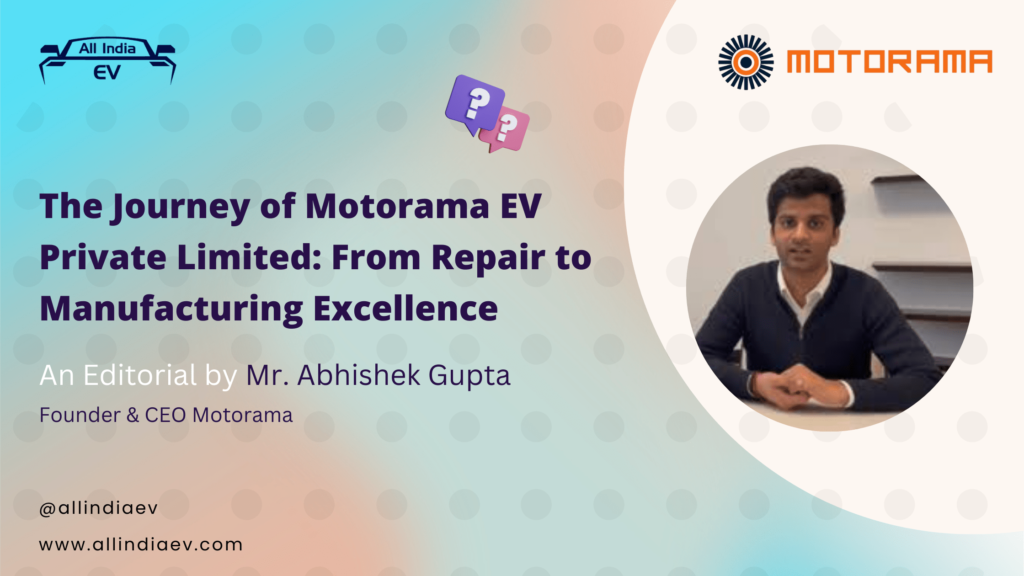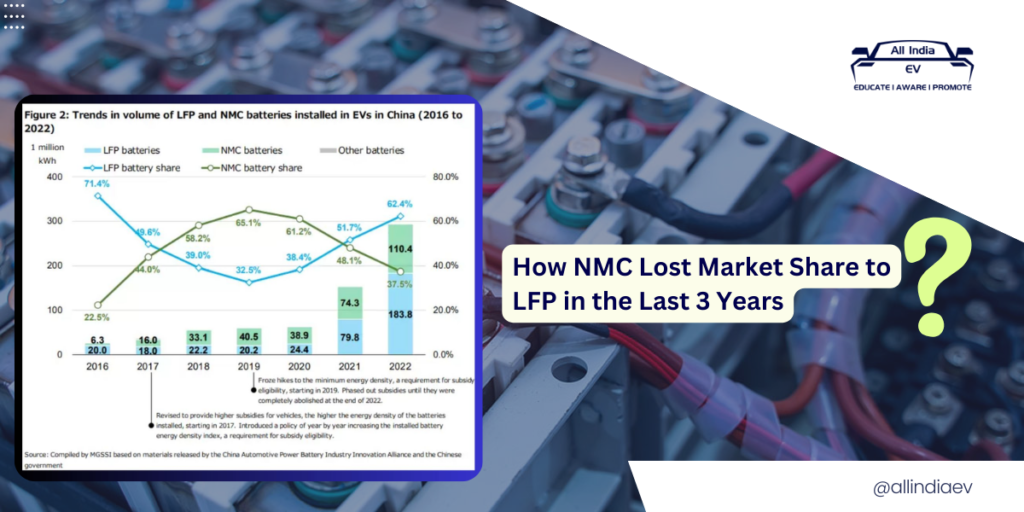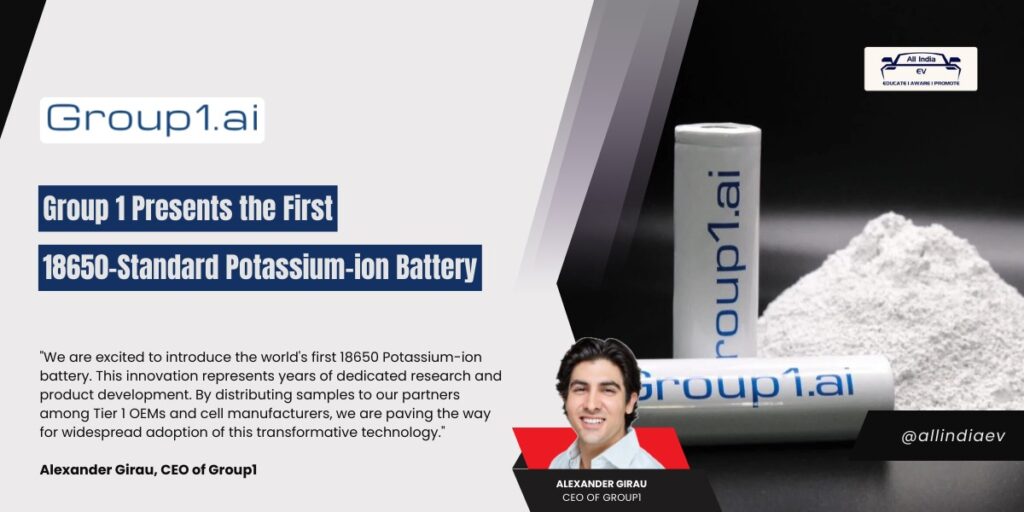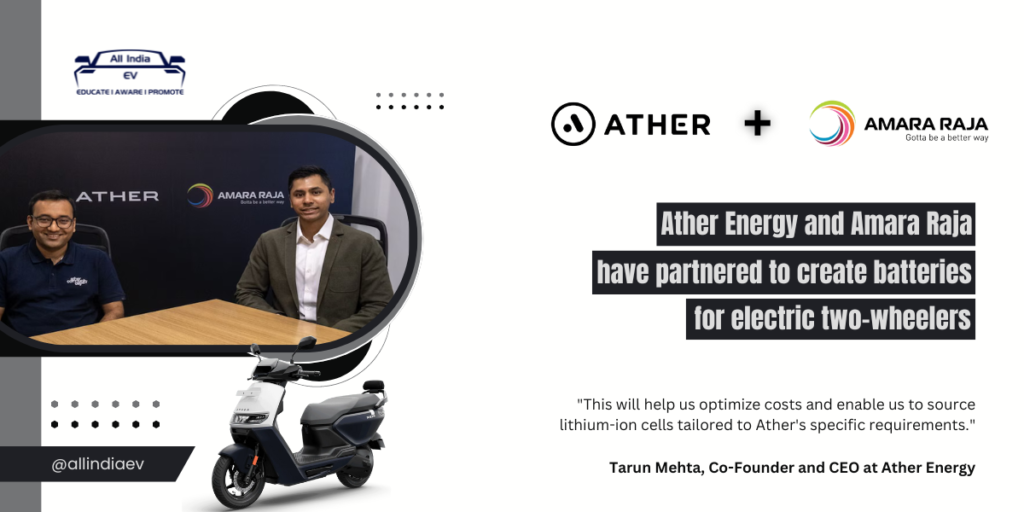Delta New HQs Building and Global R&D Centre in Bengaluru
Delta Inaugurates its New India HQs Building and Global R&D Centre in Bengaluru to Strengthen its Local Capabilities Delta, global leader in power management and a provider of IoT-based smart green solutions, today announced the inauguration of its new LEED Gold-certified India headquarters (HQ) green building and its new Global Research & Development (R&D) Centre in Bengaluru. Strategically located in the vibrant Bommasandra Industrial Area, the 61,000-square-meter HQs green building has the capacity to house up to 3,000 management, R&D and engineering professionals as Delta deepens its commitment to the Indian market. Moreover, Delta is expected to employ up to 750 R&D engineers over the next 3 years to strengthen its unique capabilities in developing smart, energy-saving high-voltage power management solutions for telecom, data centres, EV charging, and energy storage applications, as well as IoT, AI-related software, all tailored for India’s transformation. The Deputy Chief Minister of Karnataka, Shri, D.K Shiva kumar also congratulated Delta on this occasion, highlighting the company’s significant contributions to the state’s growing technological and industrial ecosystem, reinforcing its position as a leader in innovation and sustainability. The inauguration of Delta Electronics India’s new headquarters and global R&D center is a testament to Karnataka’s growing leadership in technology and innovation. We at KEONICS are proud to support initiatives that foster economic growth, job creation, and technological advancements Mr. Sharath Kumar B, Chairman, KEONICS Underlining Delta’s focus on accelerating its investments in India, Mr. Benjamin Lin, President of Delta Electronics India, said, “Our new India HQs building and Bengaluru R&D centre not only enhance Delta’s capabilities in India, but also strengthen our global footprint. This milestone underscores our investment in India’s growing technological landscape and aligns with our Company’s “India for India” talent initiative, which aims to foster local innovation to also serve customers worldwide. Commenting on the new campus inauguration, Mr. Niranjan Nayak, Managing Director of Delta Electronics India, said, “This new R&D centre reflects our vision for the future. It is designed to be a hub for innovation, focusing on the latest advancements in power electronics while maintaining a strong commitment to sustainability. We believe this facility will be a cornerstone of our growth strategy, enabling us to meet the evolving needs of our customers.“ The new LEED Gold-certified Delta India HQs and R&D Centre in Bengaluru offers an immersive experience with its brand-new 480sqm showroom, which demonstrates Delta’s cutting-edge IoT-based smart green solutions. The state-of-the art facility features a 593kW solar PV system capable of generating over 650,000 kWh of electricity annually through Delta’s own 100kW PV inverters, which boast peak energy efficiency as high as 99.0%. A set of 82 variable frequency drives CP2000 series help to automate and optimize the energy efficiency of the building’s HVAC system. In addition, the facility houses a 300kW data centre operating with an annual power usage effectiveness (PUE) as low as 1.4 thanks to Delta’s high-efficiency uninterrupted power supplies (UPS) and precision cooling systems. Last but not least, fixed dome network cameras from Delta’s surveillance subsidiary VIVOTEK optimize the security of the new building. Key Highlights of the New Facility: Focus on Innovative R&D Capabilities: The facility is currently supports over 300 engineers with plans to expand to 750 R&D engineers within the next three years. The layout includes dedicated spaces for energy storage, automotive design, and lower power R&D testing. The Global R&D Centre is equipped with advanced labs for high-voltage product testing, medium voltage power quality assessment, and a cutting-edge radio emission chamber. Employee-Centric Design: Spanning an area of 61,000 sq. meters, the new Delta India HQs building is expected to employ a total of 3,000 employees over the next five years. alongside employee well-being areas such as leisure activities, a canteen, and recreation zones. Sustainability at its Core: Reflecting Delta’s commitment to sustainability, the facility features a 593kW solar power capacity, a smart surveillance system for enhanced security, and comprehensive green building initiatives including rainwater harvesting with a capacity of 356KL, an underground water tank, and water-cooled chillers that align with sustainable building practices. Additionally, the Green Energy Data Center and Demo Room demonstrate Delta’s leadership in energy-efficient solutions and green initiatives. Strategic Investment for Future Growth Delta’s investment in the Bengaluru R&D facility is a testament to its strategic vision for fostering innovation and supporting its global objectives. The facility will play a crucial role in advancing power electronics and sustainable solutions, contributing significantly to Delta’s position as a global leader. Join All India EV Community Click here for more such EV Updates
Delta New HQs Building and Global R&D Centre in Bengaluru Read More »

